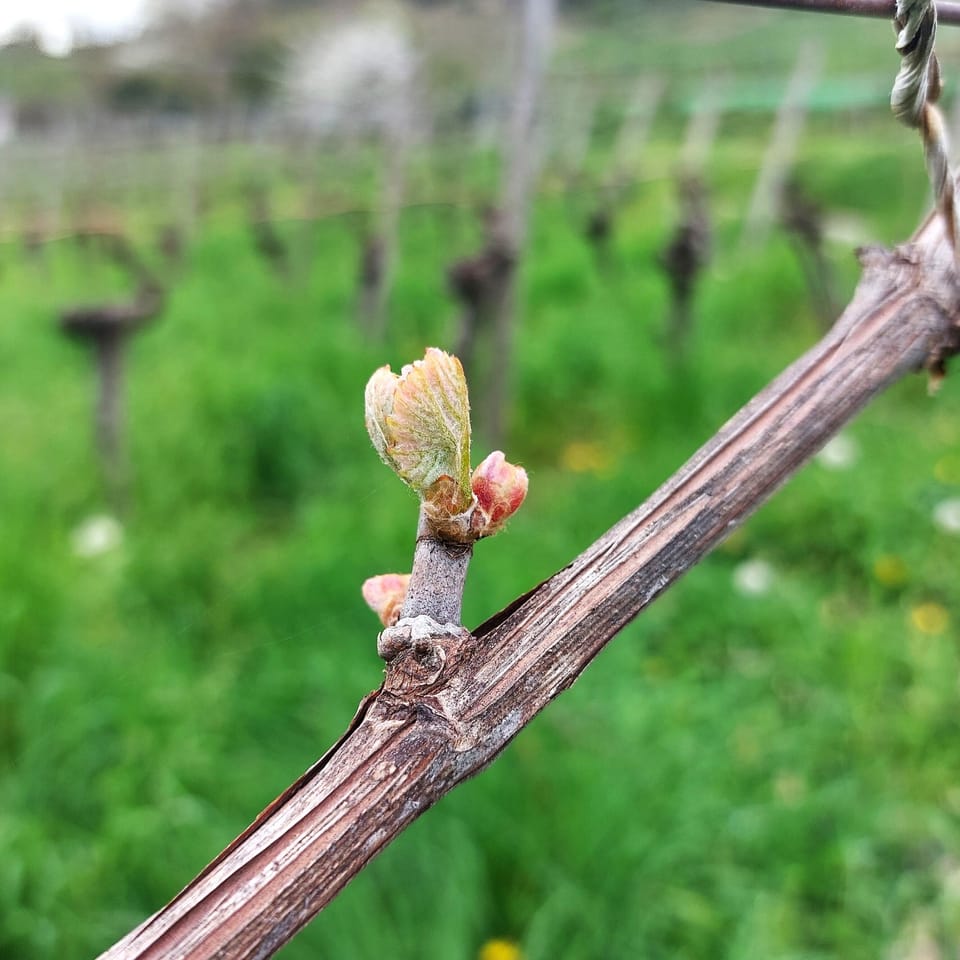Grapevine Growth stages (BBCH scale)

All living organisms have certain growth and development stages in their life cycle. These growth and development stages depend on the climatic conditions prevailing at the particular location. The study of the life cycle of plants or animals with respect to climate factors is phenology. The identification of different phenological stages helps us in decision making from site selection to harvesting of a particular crop. The phenological stages of plants are described using BBCH scales, to follow uniformity across the globe. In the current blog, we will get to know about the BBCH scale for grapevine.
What is BBCH scale?
It is a system for a uniform coding of phenologically similar growth stages of all mono and dicotyledon plant species (Meier et al., 2009). The growth stages are primarily categorized into nine and these nine stages are further divided into secondary stages like subset of primary, by adding another number near the primary stage from 0 to 9 and we will have a two digit code. Most of the plant species uses these two digit code except for some plants like tomato, potato, onion, cucumber, where another subdivision was done and it follows three digit code. The following image from Meier 2018, gives us an overview of the BBCH scale for most plant species.

BBCH scale for grapes
The table below summarizes the extended BBCH scale for phenological development of grapevine (Lorenz et al., 1995).


Knowing the phenological stages of grapevine helps us to take informed decisions like site evaluation and selection, choice of cultivar, timing of spraying, fertilization, canopy management, and harvest (Giese et al). So, Know them and precisely use them at your farms.
We wish you successful and healthy farming.
